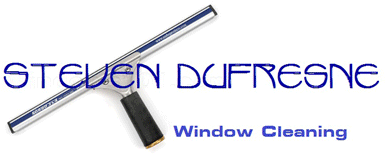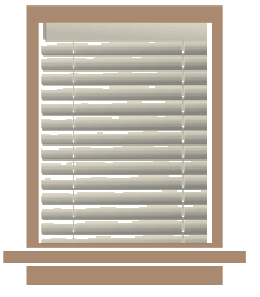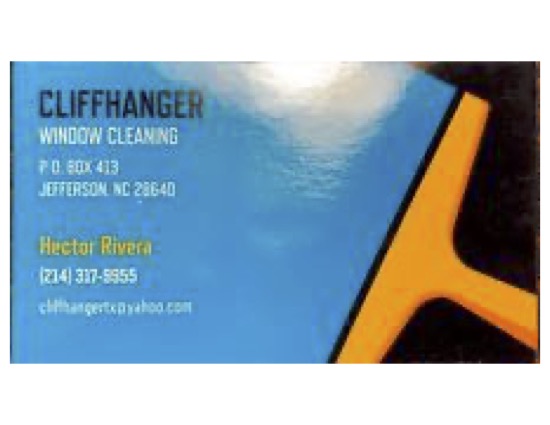FREQUENTLY ASKED QUESTIONS
What Solution Do You Use?
The basic solution is a few ounces of lemon ammonia, a dash of a lemon dish washing liquid and a pint of household rubbing alcohol to at least a gallon of water. Alcohol is very helpful in removing the cloudy film many bottled glass cleaners will leave on bathroom mirrors. For very dirty windows add a little extra amonia.
What do I need to do to prepare for my window cleanining appointment? Do I need to move furniture or items out of the way?
We would appreciate if you could move any items that are precious or highly breakable. Even though we are extremely careful we feel this is still good to do. Most furniture or other items can usually be worked around. If you would like to move anything for us feel free, if not we are happy to do so if the need arises.
What is included in my window cleaning appointment?
Besides cleaning windows we remove the screens and clean/dust them. We also clean window sills, door grooves, ect. and remove cob webs.
What if my window cleaning appointment falls on a rainy day?
We always show up. Unless we are experiencing a very severe storm we can usually work. When it rains we will start on the inside of the house (which we usually do anyway). Many times by the time we are ready for the outside it's clearing. Even if that's not the case many windows on the outside are usually under cover. After that if it's still raining we can either complete the job and if you notice anything that needs touching up we will return to do that (at no charge of course) or we can just come back another day to complete the job. Since it's on the outside you won't even need to be home. If you ever want to reschedule that's never a problem. Just keep in mind you might have to wait awhile for the next opening in our schedule.
How often should I have my windows cleaned?
Circumstances vary. Yearly is often times sufficient. If bodies of water are close by or a number of farm animals, the insect count will be higher leading to more spiders and other things that can quickly soil the glass. Then it is up to your personal preference.
When does the pollen season end?
Your guess is as good as mine!
What does your service area include?
We can travel quite a distance for our jobs, but usually only during certain times of the year. During the spring/summer season-late April through September we are mostly in the High Country area (the Jeffersons, Boone, Blowing Rock, Banner Elk, ect). We will travel to Charlotte, Winston Salem, South Carolina and beyond during March through early April and then late October through December.
Please tell us about your window cleaning services in Florida
We are based in New Port Richey, just north of Tampa. We are there from January through March. We travel out to many locations and have worked in Sarasota as well as inland to the Cleremont area. You can reach us in Florida through our NC telephone number (forwarded) or e mail.
How can I help birds avoid flying into my windows?
Studies indicate that in the United States alone, more than 100 million birds die annually after crashing into buildings of various kinds, says the Audubon Society. When windows are clean and clear, birds often see only what is on the other side, which may include greenery and sky. As a result, unsuspecting birds sometimes fly straight into the glass at full speed. Also, they may see decorative plants inside glass lobbies or homes and try to land on them. Coated reflective glass can also be a problem. Under certain conditions, birds may see, not the glass, but a reflection of the surrounding area or sky and, here again, come to grief. Birds have even been killed by glass at visitors’ centers and on observation towers at bird sanctuaries and wildlife refuges! For birds to avoid flying into glass, they need to see it and recognize it as a solid object. To that end, some homeowners have sacrificed their view somewhat by attaching decals, stickers, or other readily visible matter to the outside of windows subject to bird strikes. The important thing is, not the drawings or the stickers themselves, but the spacing. His research suggests that visual cues should be no more than two inches [5 cm] apart horizontally and four inches [10 cm] vertically.




